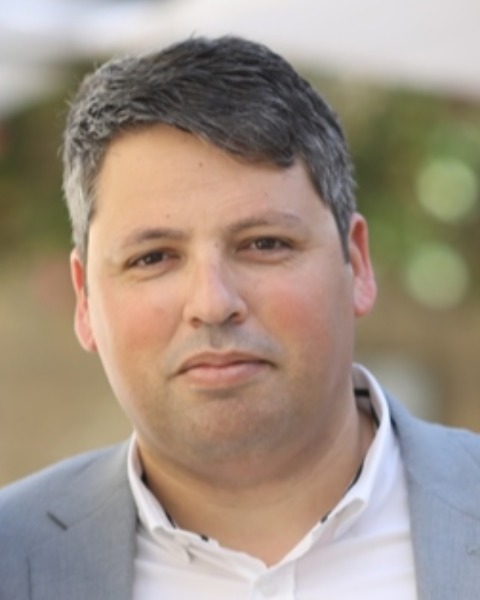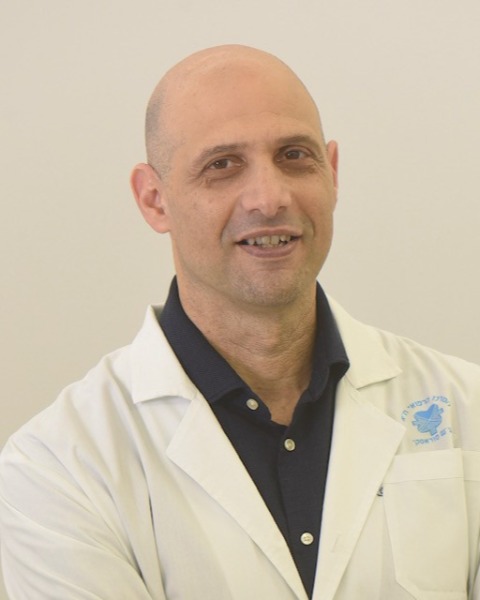Upper GI
non-CME
P81: Neoadjuvant Chemotherapy for Gastric Cancer in the Elderly: Are We Accomplishing Our Treatment Goals or Should we Consider an Upfront Surgery Approach

Noa Gosher, MD (she/her/hers)
General Surgery Resident
Tel Aviv Sourasky Medical Center
TEL AVIV, Tel Aviv, IsraelDisclosure information not submitted.

Noa Gosher, MD (she/her/hers)
General Surgery Resident
Tel Aviv Sourasky Medical Center
TEL AVIV, Tel Aviv, IsraelDisclosure information not submitted.
- KD
Keren Denesh, n/a
General Surgery Resident
Tel Aviv Sourasky Medical Center
Ramat Gan, HaMerkaz, IsraelDisclosure information not submitted.
- AG
Ariel Greenberg, n/a
GI Pathologist
Tel Aviv Sourasky Medical Center, IsraelDisclosure information not submitted.
- BS
Boaz Sagie, Surgical Oncology
Senior Surgeon
Tel Aviv Sourasky Medical Center, IsraelDisclosure information not submitted.

Eran Nizri, MD, PhD
Head of Unit
Tel-Aviv Sourasky Medical Center
Tel Aviv, Tel Aviv, IsraelDisclosure information not submitted.
- YL
Yonatan Lessing, n/a
Surgery Attendant
Tel Aviv Sourasky Medical Center, IsraelDisclosure information not submitted.
- SP
Sharon Pelles Avraham, n/a
Chief of Gastrointestinal Medical Oncology
Tel Aviv Sourasky Medical Center, IsraelDisclosure information not submitted.

Guy Lahat, MD (he/him/his)
Head Surgery Division
Tel Aviv Sourasky Medical Center, Tel Aviv, Israel, IsraelDisclosure(s): No financial relationships to disclose
Poster Presenter(s)
Author(s)
Neoadjuvant chemotherapy (NAC) followed by complete surgical resection is the treatment of choice for locally advanced gastric cancer (GC). While NAC response rate is partial, treatment may worsen the patient’s general performance status and delay the timing of definitive surgery. Therefore, clinical ,pathological and biological indicators of poor response to NAC are needed.
Methods:
Retrospective data from 144 locally advanced GC patients treated with NAC followed by surgical resection between 2007 to 2021 were analyzed. We assessed the correlation between patient demographics, clinical, pathological and outcome characteristics with histological response to NAC represented by the College of American Pathologists (CAP) tumor regression grade (TRG).
Results: Of 144 patients, 102 (70.8%) had a pathological response to NAC (TRG 0,1,2), whereas 42 patients (29.2%) had extensive residual cancer with minimal or no tumor kill at all (TRG3). Disease free survival (DFS) rates of patients with TRG 0,1,2 and TRG3 were 16.5 months (7.1, 31.9) Vs. 11.1 months (4.8, 22.3), respectively (p= 0.047). Univariable analysis identified that patient age (p = 0.025), tumor size (p < 0.001), presence of positive radial margins (p = 0.018), positive lymph nodes LNs metastasis (p = 0.008), increased number of metastatic LNs (p = 0.002) and lympho-vascular invasion (p = 0.034) were associated with poor pathological response. In contrast, tumor location, differentiation, size, signet ring cell histology, anemia, and high neutrophil lymphocyte ratio (NLR) did not correlate with TRG level. Age emerged as the only independent predictor in multivariable analysis (OR 1.05; 95% CI: 1.01-1.09, P=0.02). TRG 3 was found in 50% of the elderly patients (age ≥ 70 years) compared with 20% in the younger cohort (p < 0.001). Further data analysis of these two cohorts showed that elderly patients were treated with decreased doses of chemotherapy, were less likely to complete treatment, and had to endure longer waiting periods for their surgery.
Conclusions:
Age is an independent predictor for poor pathological (TRG) response to NAC. This may be explained, at least in part, by a lesser tolerance to treatment of the elderly or by a more conservative approach by the treating oncologist towards this population. Due to their poor response, NAC should be carefully considered in older patients. The data suggest that many can benefit from upfront surgery.
Learning Objectives:
- Identify elderly patients as a group who might benefit from the upfront surgery approach.
- List indicators of poor response to neoadjuvant chemotherapy in Gastric cancer.
- Roll out factors unrelated to response to neoadjuvant chemotherapy.
